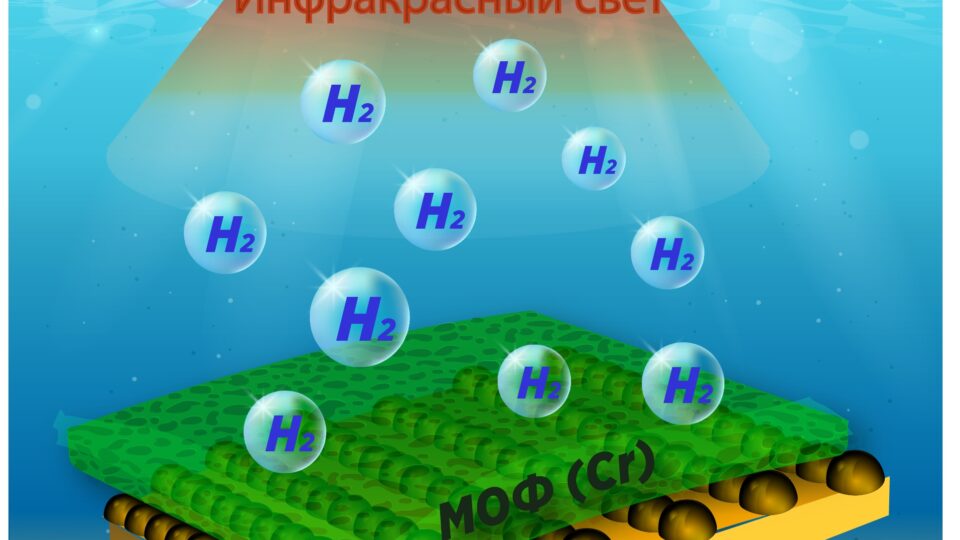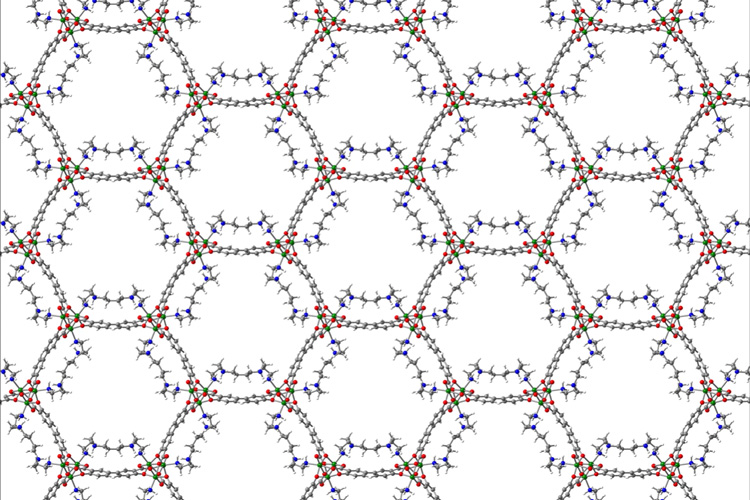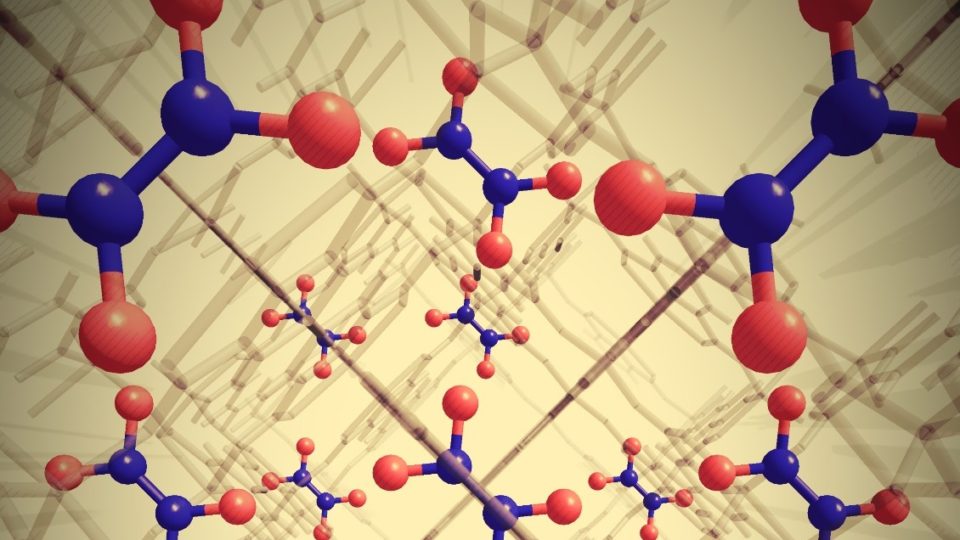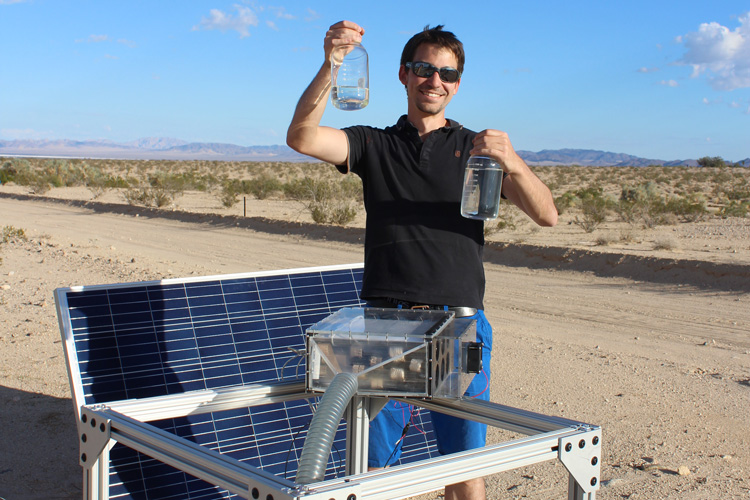Hydrogen could be the basis of a complete energy system. It could be stored and transported and could be used to power vehicles and to generate electricity in power plants. Proponents of the so-called hydrogen economy contend that hydrogen is the best solution to the global energy challenge. But among the challenges faced by a hydrogen economy is the development of an efficient and green method to produce hydrogen.
The primary carbon-free method of producing hydrogen is to break down water into its constituent elements – hydrogen and oxygen. This can be done in a number of ways, notably by using electricity in a process called electrolysis. A method that seems particularly attractive is to use sunlight as the energy source that breaks down the water molecule.
While there is an abundance of water on our planet, only some of it is suitable for people to drink and consume in other ways. Much of the accessible water on earth is salty or polluted. So, a technique to obtain hydrogen from water ideally should work with water that is otherwise of little use to people.
Researchers in Russia and the Czech Republic have recently developed a new material that efficiently generates hydrogen molecules by exposing water – even saltwater or polluted water – to sunlight.
The new material is a three-layer structure composed of a thin film of gold, an ultra-thin layer of platinum, and a metal-organic framework or MOF of chromium compounds and organic molecules. The MOF layer acts as a filter that gets rid of impurities.
Experiments have demonstrated that 100 square centimeters of the material can generate half a liter of hydrogen in an hour. The researchers continue to improve the material and increase its efficiency over a broad range of the solar spectrum.
**********
Web Links
New Material Can Generate Hydrogen from Salt and Polluted Water
Photo courtesy of Tomsk Polytechnic University.
Earth Wise is a production of WAMC Northeast Public Radio.




